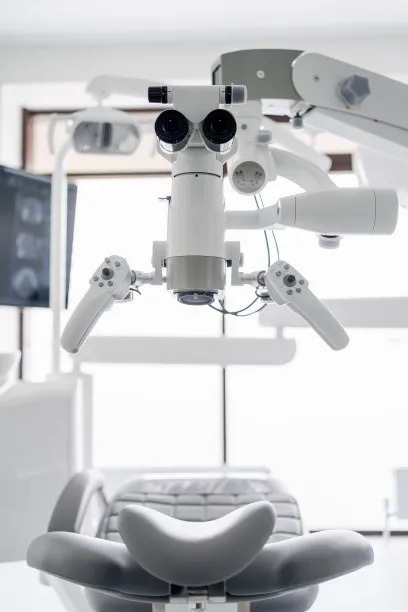The Essential Guide to Extracting a Tooth Safely and Effectively for Optimal Oral Health Restoration
Summary: Tooth extraction is a necessary procedure for maintaining oral health when a tooth cannot be saved. This guide provides essential information on the importance of extracting a tooth safely and effectively. It discusses preparation steps before the extraction, the procedure itself, aftercare tips for optimal recovery, and potential complications that may arise. Understanding each aspect ensures a smoother process and promotes better oral health restoration. By following these guidelines, patients can approach tooth extraction with confidence, leading to improved overall dental health.
1. Importance of Preparing for Tooth Extraction

Preparation is crucial when it comes to tooth extraction. Understanding the reasons for the procedure can help patients mentally and emotionally get ready. It is essential to consult with a qualified dentist who can conduct a thorough examination, take necessary X-rays, and explain the potential outcomes. This initial step ensures that the patient is informed and comfortable with the decision.
Additionally, patients should disclose their full medical history, including any medications they are taking or prior health issues. This information helps the dentist assess any potential risks associated with the extraction. Certain conditions may necessitate specific precautions or even an alternative treatment approach.
Lastly, having a clear understanding of the procedure can help calm any anxiety. Discussing what to expect before, during, and after the extraction helps patients mentally prepare for the experience, ensuring they can better manage any discomfort or concerns.
2. Understanding the Tooth Extraction Procedure
The actual tooth extraction process can vary based on the complexity of the case. For simple extractions involving visible teeth, local anesthesia is typically administered. This numbs the area around the tooth, allowing for a pain-free experience. The dentist then loosens the tooth with dental instruments and gently removes it from the socket.
In cases of surgical extraction, such as impacted wisdom teeth, the procedure is more involved. The dentist may need to make incisions in the gums to access the tooth. This type of procedure usually requires a more profound anesthesia or sedation to ensure the patients comfort.
Regardless of the extraction type, dentists prioritize the patient’s safety throughout the procedure. Sterile techniques and proper instrumentation are employed to reduce the risk of infection and complications. A well-executed extraction minimizes trauma, leading to a smooth recovery process.
3. Aftercare Tips for Optimal Recovery
Following the extraction, proper aftercare is vital for optimal recovery. Patients are typically given instructions on managing pain and swelling, which may include using ice packs and taking prescribed pain relievers. Rest is also crucial in the initial days post-extraction to allow the body to heal.
Patients should also be advised on dietary adjustments. Eating soft foods and avoiding hot or spicy items can help reduce discomfort. Its important to stay hydrated, but one must avoid using straws, as the suction can dislodge the blood clot forming in the socket, leading to complications.
Additionally, maintaining good oral hygiene is critical. Though patients should avoid brushing the extraction site directly for a few days, they can still keep their mouths clean by gently rinsing with salt water. This promotes healing and helps prevent infection.
4. Potential Complications to Be Aware Of
While most tooth extractions go smoothly, being aware of potential complications is essential for all patients. One common issue is dry socket, which occurs when the blood clot becomes dislodged or fails to form adequately. This condition can lead to increased pain and prolong recovery time.
Infection is another risk associated with tooth extraction. Symptoms may include persistent pain, swelling, and fever. If any signs of infection appear, it is crucial to seek medical attention promptly to avoid further complications.
Lastly, some patients may experience prolonged bleeding. While minor bleeding is normal during recovery, heavy or uncontrollable bleeding could indicate an issue that requires immediate intervention. Understanding these potential complications prepares patients for what to monitor, ensuring they can act quickly if necessary.
Summary:
In conclusion, careful planning and adherence to aftercare guidelines are vital for a successful tooth extraction. By understanding the importance of preparation, the procedure itself, aftercare practices, and potential complications, patients can face tooth extraction with confidence. Proper education and follow-up care not only promote a smoother recovery but also contribute to ongoing oral health.
This article is compiled by Vickong Dental and the content is for reference only.


